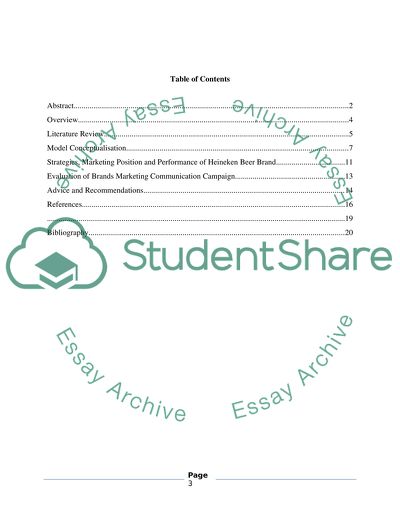Cite this document
(Analysis of the Marketing Communications Campaign of FMCG Brand of Case Study - 2, n.d.)
Analysis of the Marketing Communications Campaign of FMCG Brand of Case Study - 2. Retrieved from https://studentshare.org/marketing/1583053-develop-your-own-marketing-communication-model-derived-from-academic-research-analyse-the-marketing-communications-campaign-of-fmcg-brand-of-heineken
Analysis of the Marketing Communications Campaign of FMCG Brand of Case Study - 2. Retrieved from https://studentshare.org/marketing/1583053-develop-your-own-marketing-communication-model-derived-from-academic-research-analyse-the-marketing-communications-campaign-of-fmcg-brand-of-heineken
(Analysis of the Marketing Communications Campaign of FMCG Brand of Case Study - 2)
Analysis of the Marketing Communications Campaign of FMCG Brand of Case Study - 2. https://studentshare.org/marketing/1583053-develop-your-own-marketing-communication-model-derived-from-academic-research-analyse-the-marketing-communications-campaign-of-fmcg-brand-of-heineken.
Analysis of the Marketing Communications Campaign of FMCG Brand of Case Study - 2. https://studentshare.org/marketing/1583053-develop-your-own-marketing-communication-model-derived-from-academic-research-analyse-the-marketing-communications-campaign-of-fmcg-brand-of-heineken.
“Analysis of the Marketing Communications Campaign of FMCG Brand of Case Study - 2”, n.d. https://studentshare.org/marketing/1583053-develop-your-own-marketing-communication-model-derived-from-academic-research-analyse-the-marketing-communications-campaign-of-fmcg-brand-of-heineken.


